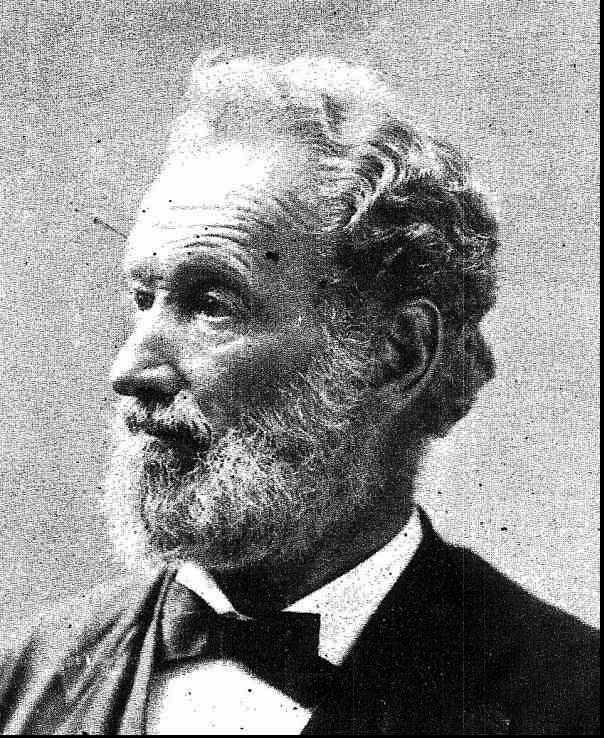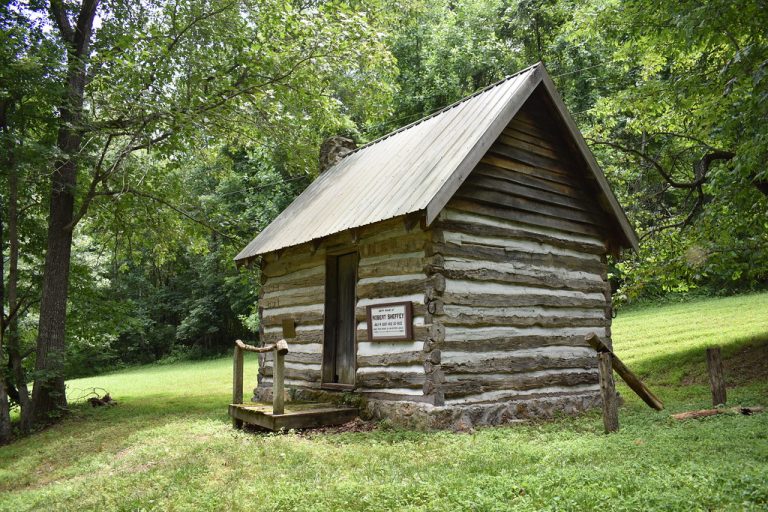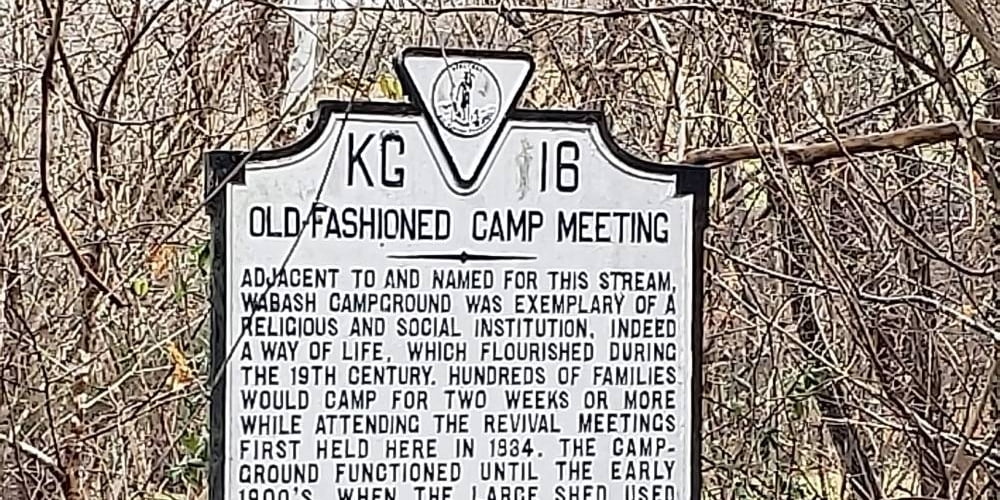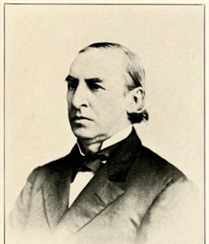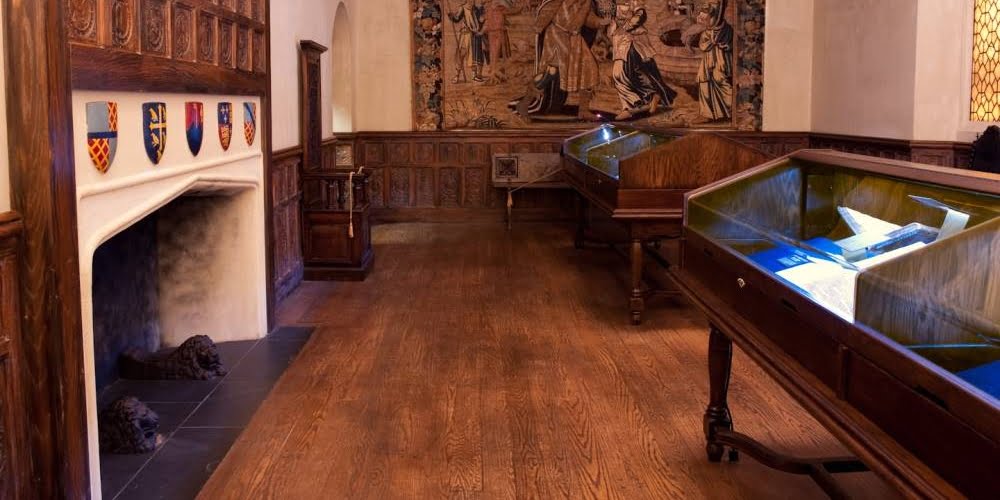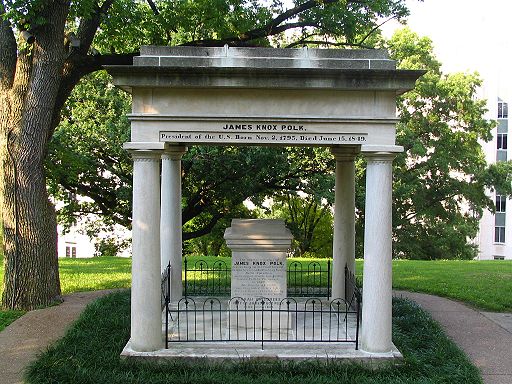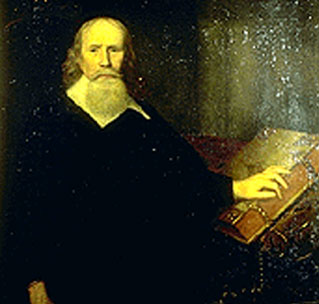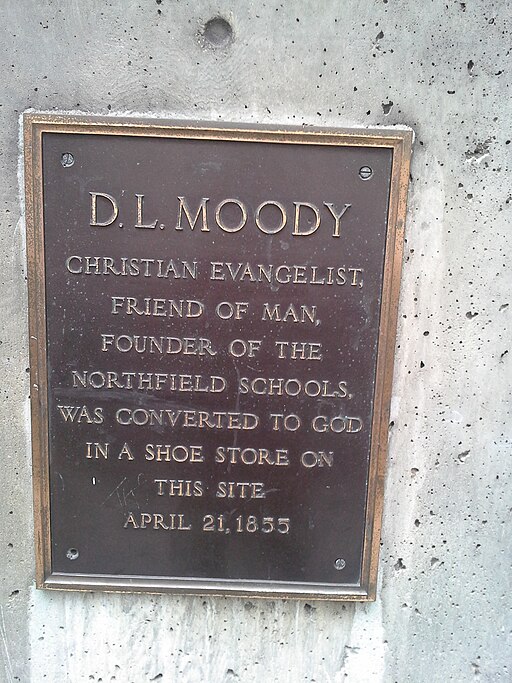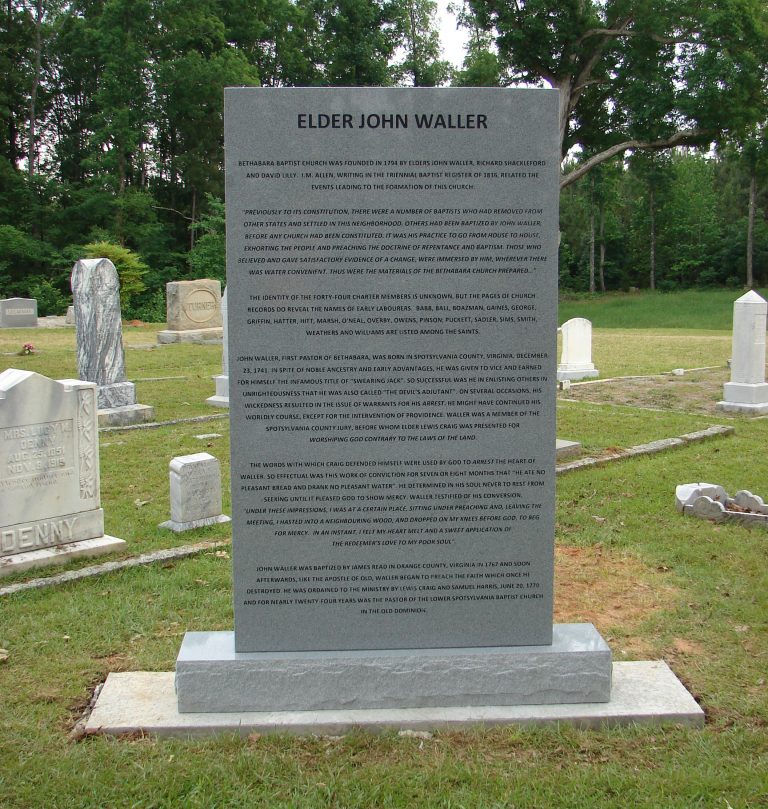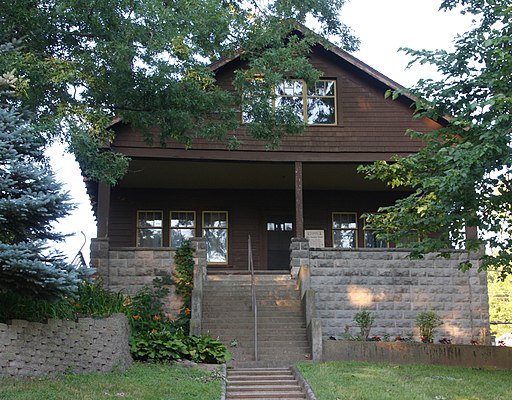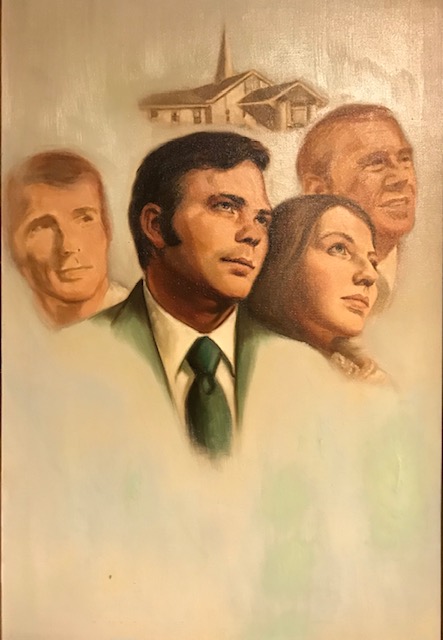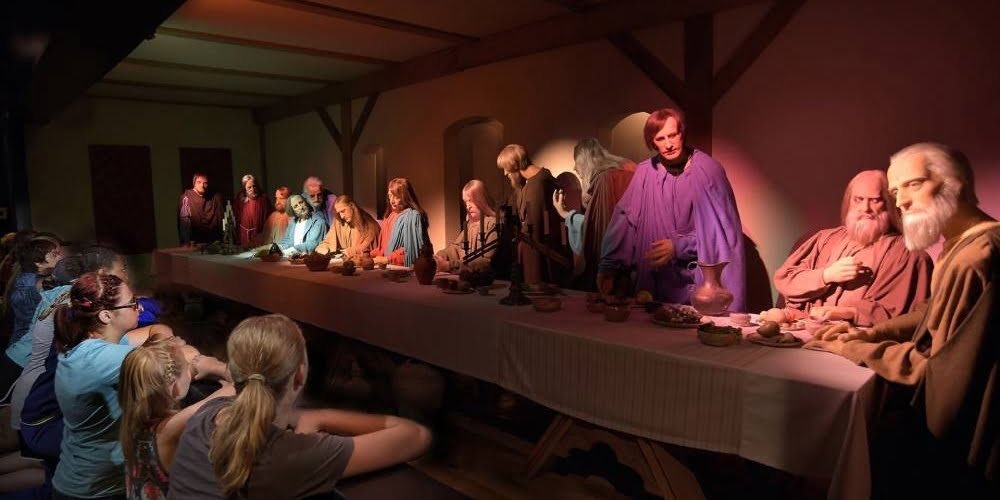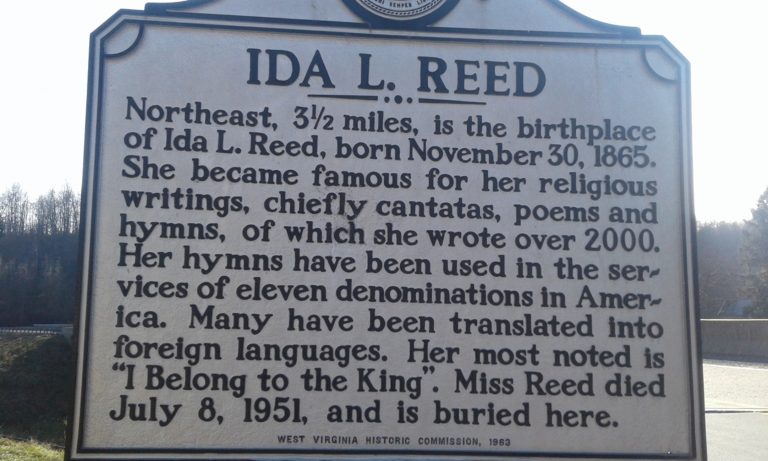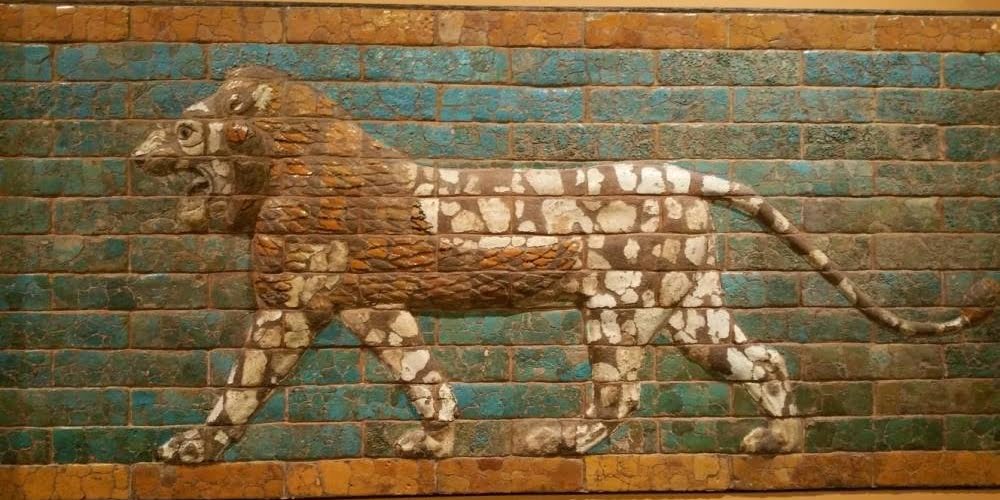Favorite
The Hobby Lobby family invested $500 million into an incredible museum in Washington D.C. The doors are almost 40 feet high, making it the largest brass gates in the world. And its based off of the first printed book in the world, the 1450 Gutenberg Bible. Once you enter the symbolism is everywhere – from the marble floor symbolizing going Read more...
Favorite
From Wikipedia: Sheffey was born near the hamlet of Ivanhoe, Wythe County, Virginia, of a locally prominent family, the youngest of five brothers.[2] His mother died when he was two, and he was reared by an aunt in Abingdon, Virginia. Sheffey attended Emory and Henry College in 1839–40, but “his early dislike for books and an aversion for profound study” Read more...
Favorite
Robert Sheffey (1820-1902), ministered in the Appalachian region, often seen as ‘unique’ by other parts of the country. But no matter what stereotypes Appalachia had, Sheffey was the most unique of all. Born into a respectable family and having attended some college, Sheffey was born again at a revival meeting and became a Methodist minister of sorts. Of sorts, because Read more...
Favorite
See Robert Sheffey Grave nearby for more info Featured Image Credit: Old-Fashioned Camp Meeting Historical Marker. 3 Nov. 2024, www.hmdb.org/m.asp?m=41429. Read more...
Favorite
Most hotels include a Gideon Bible beside each bed. But inside the Hampton Inn & Suites in Goodyear, Arizona, you will find the only 24/7/365 Bible Museum operated by the largest dealer of historic Bibles in the world. I’m not sure why it’s located inside a hotel – my visit was late at night to see if this really was Read more...
Favorite
George Duffield Jr., came from a family of preachers. Jr. is a bit of a misnomer – he was the fifth such George Duffield. The first Duffield was a native of Belfast, the second was chaplain to the Continental Congress. The fourth was a Presbyterian minister, as was our subject, Duffield the Fifth. Interestingly he did not pass on his Read more...
Favorite
Bible museum facilities range from the $500 million Museum of the Bible in Washington, D.C.; to the Bible Museum in the Hampton Inn & Suites in Goodyear, Arizona. But this museum is located inside a replica of the room where the King James Bible was translated. From BJU.edu: Dating from the late 14th century, the Jerusalem Chamber formed part Read more...
Favorite
The K in James K Polk stands for Knox. His mother was Jane Knox, a direct descendant of John Knox, the Scottish preacher who faced off against Bloody Queen Mary. His mother, it is said, held to four things: the Bible, the Confession of Faith, the Psalms, and Isaac Watts’ Hymns. His father on the other hand, scoffed at religion. Read more...
Favorite
Founded by Clarence Sexton, pastor of Temple Baptist Church in Powell, Tennessee, the Crown College of the Bible opened in 1991. In 2020, Clarence Sexton was invited to the White House to preach the funeral of Robert Trump, brother of President Donald Trump. Robert Trump had discovered Sexton online as Sexton shared the connection between the Hebrides Revival and Donald Read more...
Favorite
John Clarke’s tombstone stands in the John Clarke Family Cemetery, on the west side of Dr. Marcus Wheatland Boulevard. The key to the cemetery’s padlock is available at the United Baptist Church office. Adjoining the cemetery, a small park has two Memorials to John Clarke: A plaque on a small rock, and a monument, erected by the Baptist History Preservation Society. Read more...
Favorite
Dwight L. Moody was working at his uncle’s Holton Shoe Store. Moody promised his uncle he’d go to church, and enrolled in Edward Kimball’s Sunday School Class. On April 21, 1855, Kimball went to visit Moody to talk about his soul. Not sure if he should interrupt his work he walked past the store. Moody says, “One day I recollect Read more...
Favorite
In the church cemetery at Bethabara Baptist Church, at 635 Bethabara Church Road, there stands a memorial monument, with detailed script honoring its founder, the celebrated church planter and evangelist, John Waller, who suffered persecution for preaching the gospel without state approval. copyrighted and used by permission from David Beale, Baptist History in England and America: Personalities, Positions, and Practices Bethabara Read more...
Favorite
As featured in Kirk Cameron’s Monumental movie: From Wikipedia: Located at 72 Allerton Street in Plymouth, Massachusetts, the 81-foot-tall (25 m) monument was commissioned by the Pilgrim Society. The original concept dates to around 1820, with actual planning beginning in 1850. The cornerstone was laid August 2, 1859 by the Grand Lodge of Masons in Massachusetts, under the direction of Read more...
Favorite
Before you leave Plymouth, head on up to Burial Hill. It’s a steep climb, but there are steps. Inside a white fence is not a grave, but a cenotaph, “a monument to someone buried elsewhere.” Adoniram Judson was the son of a Congregational minister in Plymouth, but he fell in with the wrong friends. While at Brown University, he was Read more...
Favorite
Watch Our Christian Heritage interview with Terrence White inside the Billy Sunday Home! Billy Sunday (1862-1935) was born north of Des Moines, Iowa. His father died just five weeks after he was born, in the Union Army during the Civil War. Sent to the Iowa Soldiers’ Orphans’ Home, he discovered his athletic abilities. Upsetting the state champion, Sunday went from Read more...
Favorite
One of Lyman Stewart’s evangelistic efforts was the Los Angeles Bible House. Under this ministry, William Townsend was sent as a colporteur missionary to Guatemala in 1917, with Spanish Bibles. However, the tribal people spoke Cakchiquel, not Spanish. Townsend spent fourteen years learning the language and translating the Bible into the heart language of the Cakqhikel. Supported by the Quaker Read more...
Favorite
Watch Our Christian Heritage at the Christian Hall of Fame Canton, Ohio, is the home of the Professional Football Hall of Fame. Pastor Harold Henniger had suffered a heart attack and was recovering at the Aultman Hospital. On the radio he heard about the Hall of Fame, and thought back to his Bible reading in Hebrews 11, the “Hall of Read more...
Favorite
According to the organization, “In the early 1970’s while Pastor Richard Diamond and his wife, Alwilda, attended a crusade in Atlanta, Georgia, they toured a historical wax museum. After viewing scenes of past presidents, generals, and war heroes to their surprise the last scene was the Ascension of Jesus Christ.“ Ten years later Pastor Diamond started a Biblical wax museum, Read more...
Favorite
Ida Lilliard Reed (November 30, 1865 – July 8, 1951) was an American religious writer and music composer from West Virginia. Composer and author Ida L. Reed was born on a hilltop farm near Philippi on November 30, 1865. In the face of illnesses, family deaths, and constant poverty, she was a devout Methodist all her life. She wrote some Read more...
Favorite
The University of Chicago was founded (and funded) by John D. Rockefeller, the oil baron. He spent millions digging up artifacts all over the Middle East, and floated much of it back to Chicago. The Oriental Institute collection contains over 300,000 items. In the first sections, look for artifacts from Ur – Abraham lived in Ur from 2166 BC to Read more...

